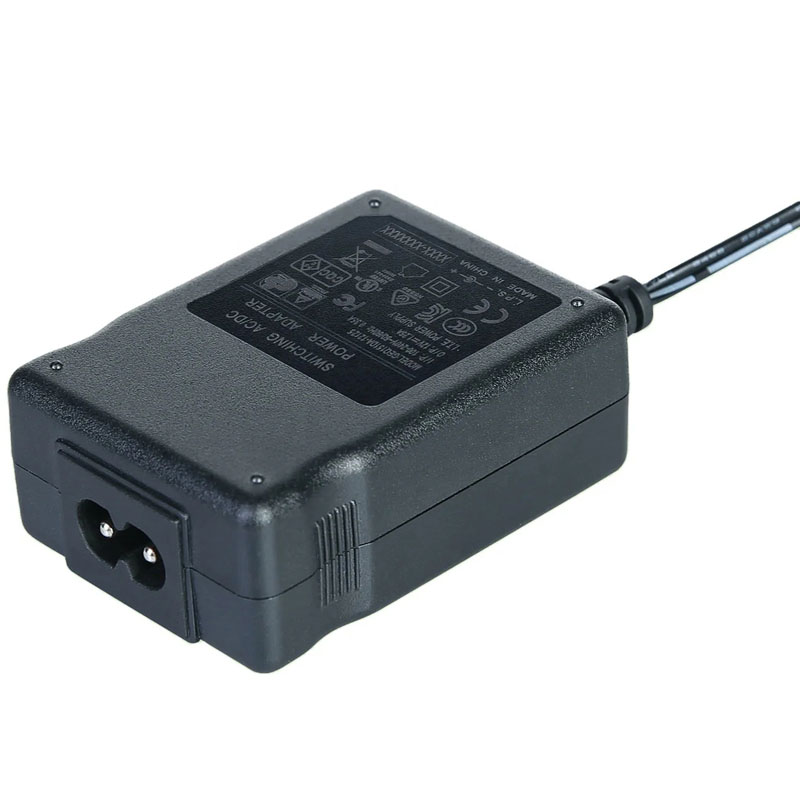Understanding Desktop Power Adapters: Your Questions Answered
2024-11-05
Desktop power adapters are essential components that provide power to various electronic devices, including computers, monitors, and other peripherals. In this blog, we'll answer some common questions about desktop power adapters, helping you understand their function, types, and important considerations for choosing the right one.
What is a Desktop Power Adapter?
A desktop power adapter is an external power supply unit that converts AC (alternating current) from a wall outlet into DC (direct current) suitable for powering electronic devices. It typically connects to the device via a power cord and has a plug that fits into a standard electrical outlet. Power adapters are crucial for providing the necessary voltage and current to operate devices efficiently.
How Does a Desktop Power Adapter Work?
Desktop power adapters function by taking the electrical energy from an AC power source and converting it into a usable form for the device. The process involves several key components:
1. Transformer: Reduces the voltage from the wall outlet to a lower level suitable for the device.
2. Rectifier: Converts AC voltage into DC voltage, which is the required form of electricity for most electronic devices.
3. Regulator: Ensures the output voltage remains stable and within the required range, regardless of variations in input voltage or load conditions.
4. Filter: Smooths out the output voltage to reduce noise and fluctuations, providing a clean power supply to the device.
What Are the Different Types of Desktop Power Adapters?
Desktop power adapters come in various types, each designed for specific applications. The most common types include:
1. Linear Power Adapters: These are simple and reliable, using a transformer to reduce voltage. They tend to be heavier and less efficient, generating more heat.
2. Switching Power Adapters: More efficient than linear adapters, switching power adapters use high-frequency switching technology to convert voltage. They are smaller, lighter, and generate less heat, making them popular for modern devices.
3. Universal Power Adapters: These adapters can support multiple voltage outputs and come with interchangeable tips, making them versatile for different devices.
4. OEM Power Adapters: Original Equipment Manufacturer (OEM) adapters are designed specifically for a particular device or brand, ensuring compatibility and optimal performance.
What Should You Consider When Choosing a Desktop Power Adapter?
When selecting a desktop power adapter, consider the following factors:
1. Voltage and Current Ratings: Ensure the adapter's output voltage and current match the specifications required by your device. Using an adapter with incorrect ratings can damage your device or lead to poor performance.
2. Connector Type: Check the connector type to ensure compatibility with your device. Adapters come with various plug shapes and sizes, so choosing one that fits your device is crucial.
3. Power Efficiency: Look for adapters that meet energy efficiency standards, such as ENERGY STAR ratings, to minimize energy consumption and reduce your environmental impact.
4. Size and Weight: Depending on your needs, you may prefer a compact, lightweight adapter for portability or a larger adapter for more substantial power delivery.
5. Safety Features: Choose adapters with built-in safety features such as overvoltage protection, short-circuit protection, and thermal shutdown to safeguard your devices.
How Do You Properly Maintain a Desktop Power Adapter?
Proper maintenance can extend the lifespan of your desktop power adapter. Here are some tips:
1. Keep it Clean: Dust and debris can accumulate on the adapter. Regularly wipe it down with a soft, dry cloth to prevent overheating.
2. Avoid Overheating: Ensure that the adapter has adequate ventilation. Avoid placing it on soft surfaces that may block airflow.
3. Check Cables: Inspect the power cables for any signs of wear or damage. Replace them if you notice fraying or exposed wires.
4. Store Properly: When not in use, store the adapter in a cool, dry place to protect it from moisture and temperature extremes.
5. Use Compatible Devices: Always use the adapter with devices it is designed for to prevent damage and ensure optimal performance.
What Are the Common Issues with Desktop Power Adapters?
Some common issues users may encounter with desktop power adapters include:
1. Inconsistent Power Supply: If the adapter does not provide a stable voltage, it may cause device malfunctions or intermittent power issues.
2. Overheating: Overheating can result from poor ventilation, using the wrong adapter, or internal faults within the adapter.
3. Physical Damage: Cables or connectors can become damaged from bending or pulling, leading to power delivery issues.
4. No Power Output: If the adapter is not providing any power, it may be defective or damaged and may need to be replaced.
Conclusion:
Desktop power adapters are essential for powering various electronic devices. Understanding how they work, the different types available, and what to consider when choosing one can help you make informed decisions. Proper maintenance and attention to common issues will ensure that your power adapter functions optimally and extends its lifespan. Whether you’re powering a laptop, monitor, or other devices, selecting the right desktop power adapter is key to keeping your equipment running smoothly.



